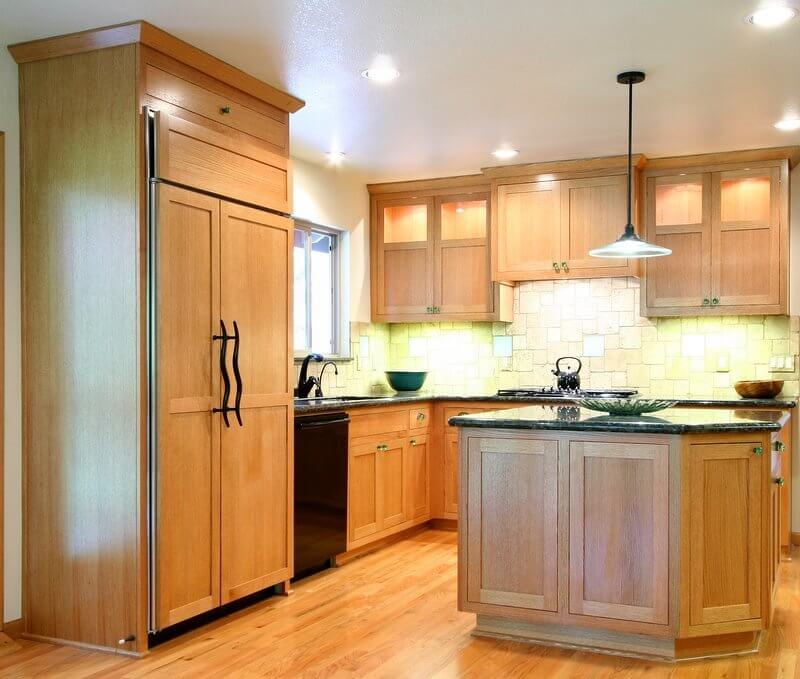Whether you are planning a total kitchen redesign or just picking out new cabinets, it’s crucial to look at the big picture and match your kitchen cabinets and countertops.
To create a cohesive kitchen, you need to think about how each of the pieces will work together to create the atmosphere that you want. The most important elements to focus on when designing are your cabinets and your countertops. These are the aspects of the kitchen that draw the most attention, so you want to be sure that the two go together. Read on below to learn more about how to match your new cabinets with your counters.
1. Determine your Personal Style
How do you want your kitchen to look on the whole? Would you prefer a modern kitchen or something more rustic? Consider the vibe you want your kitchen to create. This will inform all of your other design choices, including which cabinets you should purchase.
If you are not sure what your personal design aesthetic is, you can gain some inspiration online. Browse blogs, Pinterest, and magazines to view other people’s designs and determine what you like. You can view some of our work to see if anything stands out to you aesthetically. Figure out what your favorite images have in common and use that as the model for your new kitchen.
2. Consult the Color Wheel
The color wheel can be an excellent tool to use when planning out different potential color combinations. Color combos can be either complementary, analogous, or neutral. Complementary colors are those that are located directly across from each other on the wheel. Red and green, orange and blue, and yellow and purple are all complementary colors. Analogous colors are those located right next to each other, like green and blue or orange and yellow. You can also match colors with neutrals like blacks, grays, whites, and browns. Most kitchen designs incorporate some sort of neutral shade; they can create a calming effect when paired with more vibrant colors.
Common Color Choices
There are some colors that homeowners tend to use in their kitchens over and over again. Beige, brown, tan, and white are all often used in kitchen design in some form or another. Choosing a neutral shade for one of the most significant components of the kitchen gives you more freedom to incorporate color in other areas without overdoing it.
3. Incorporate Variation in Your Kitchen Cabinets and Countertops
In general, choosing the same color for your countertops and cabinets can look a little boring. Consider prioritizing variety when viewing kitchen cabinets wholesale. White cabinets with white counters, for example, can seem a little too stark and sterile. If, however, you have marble countertops with blue veining, you can install blue cabinets to make the color in the marble pop. Even the veining can add enough variety to spice up an all-white kitchen.
4. Making Monochromatic Work
Have you already decided on using the same color for your kitchen cabinets and countertops? To liven up a monochromatic color scheme, select a few different shades of the same color. If your chosen color is brown, for example, you can install cabinets that are dark brown and counters that are a lighter shade. This way, you can add some much-needed variation to the room.
To learn even more about finding the best cabinets for your kitchen, contact us at iCabinetry.




